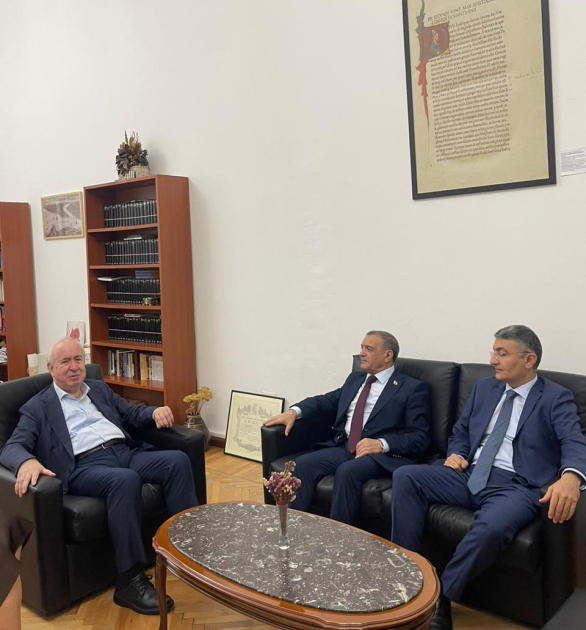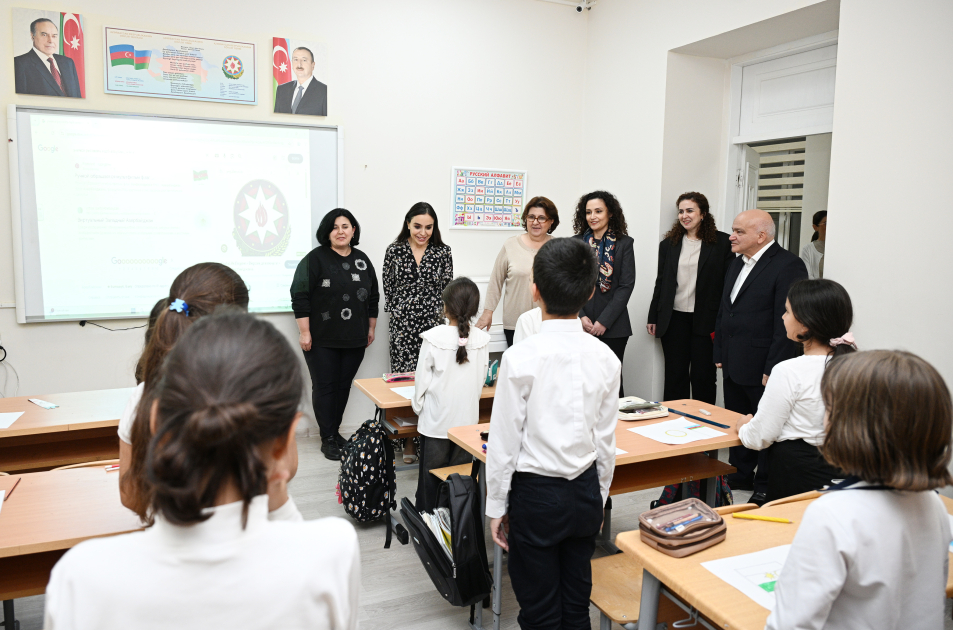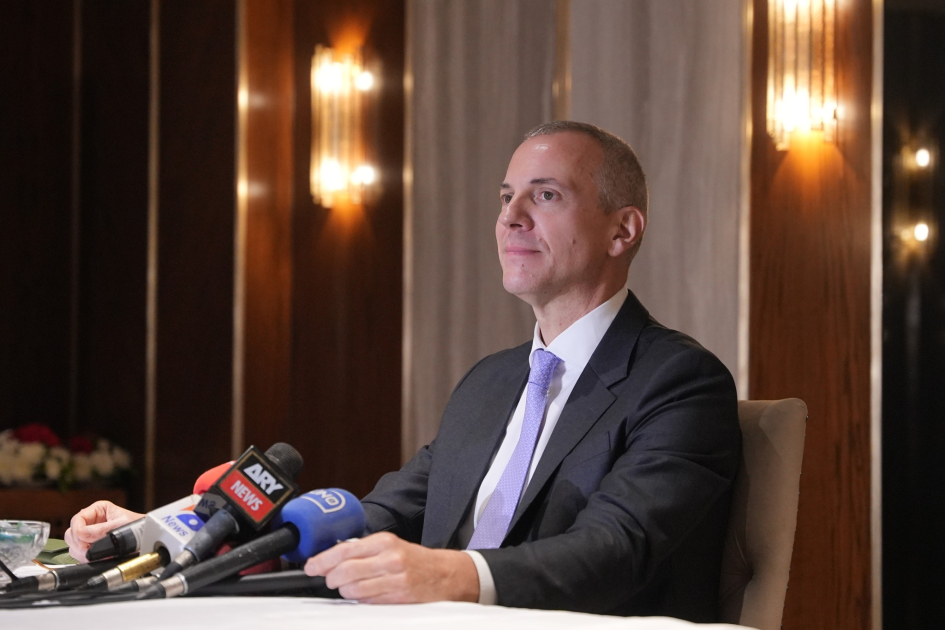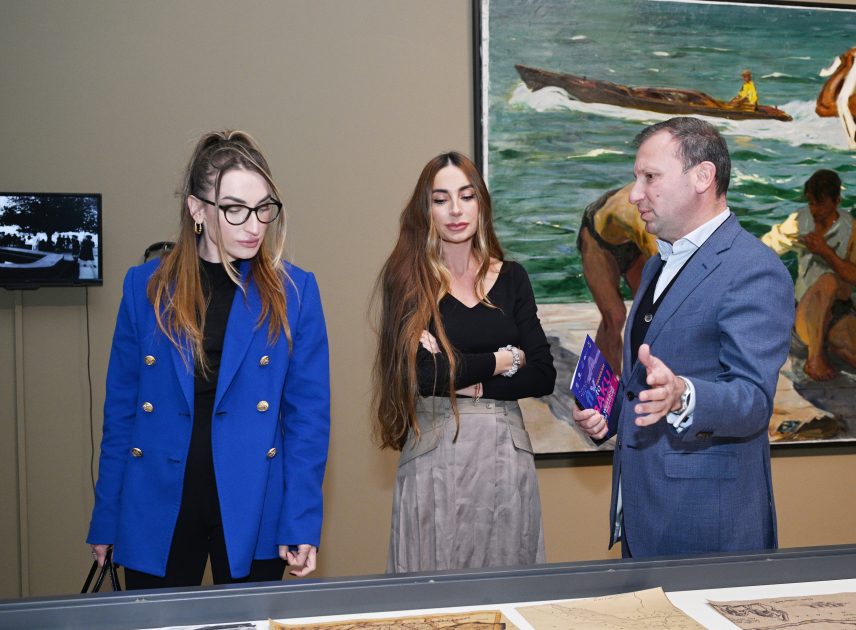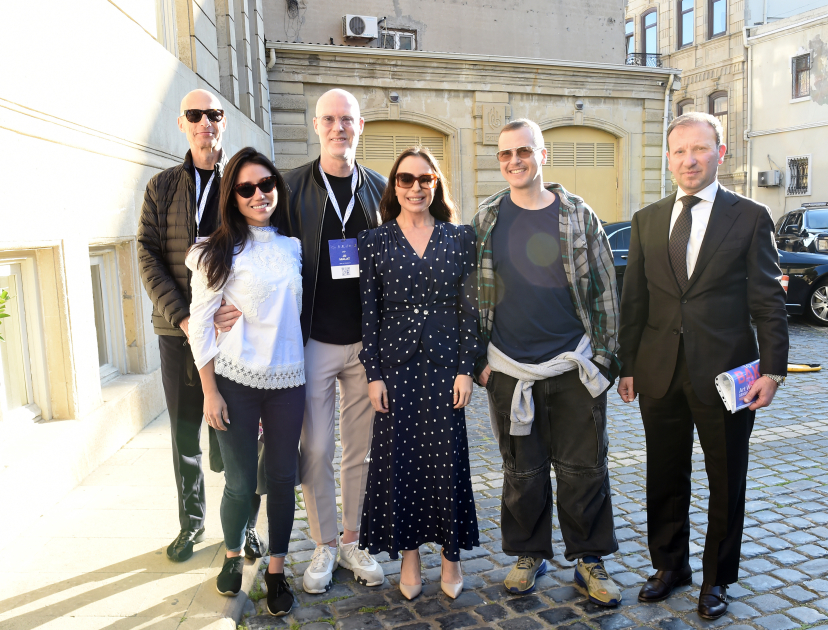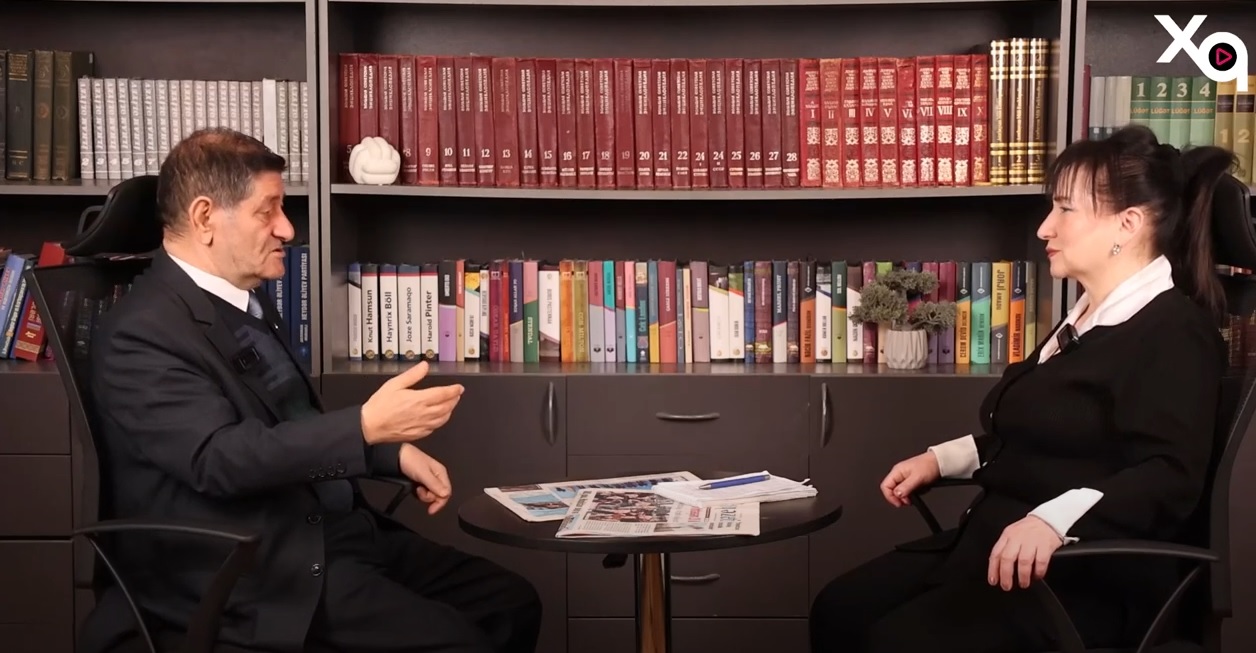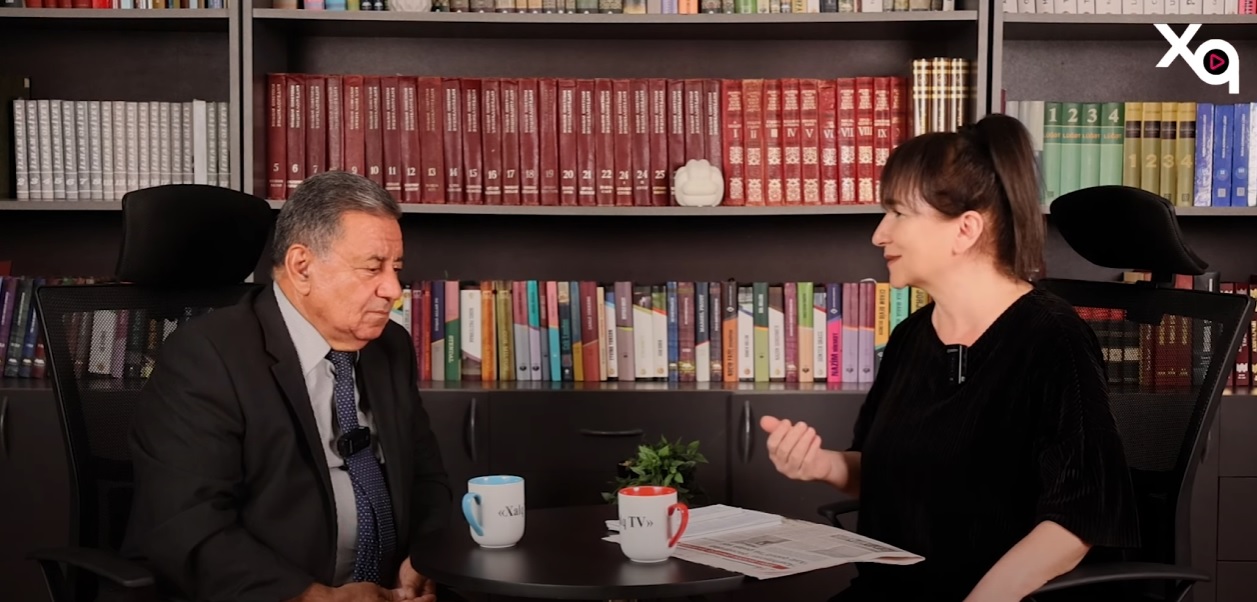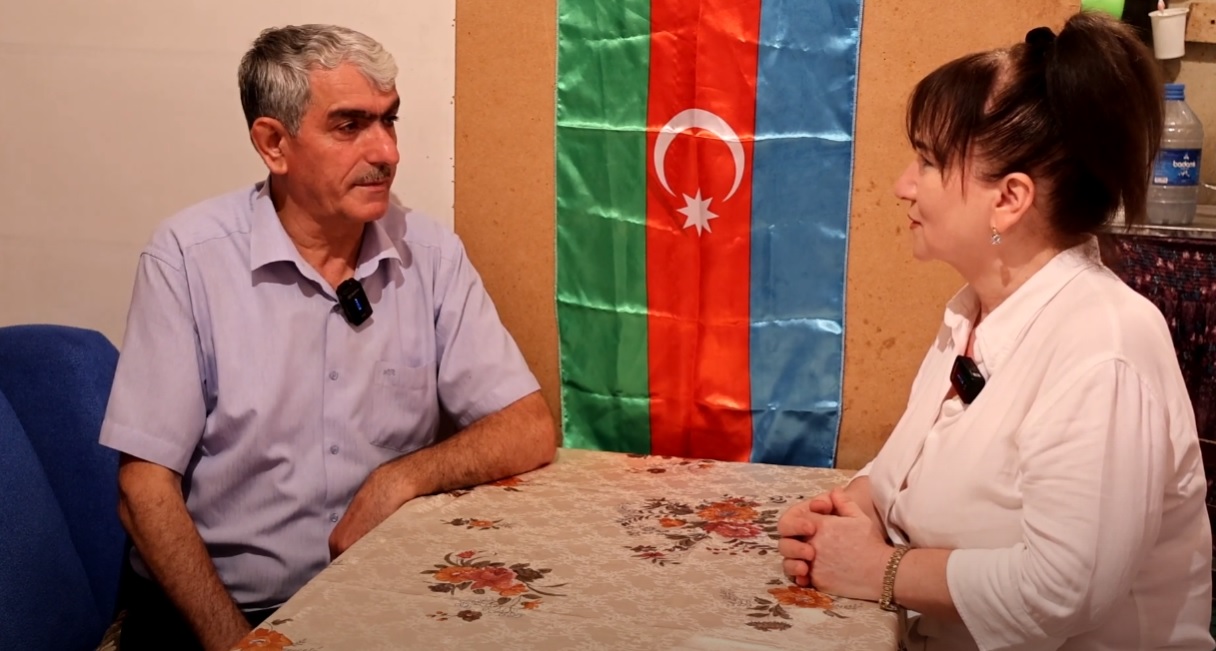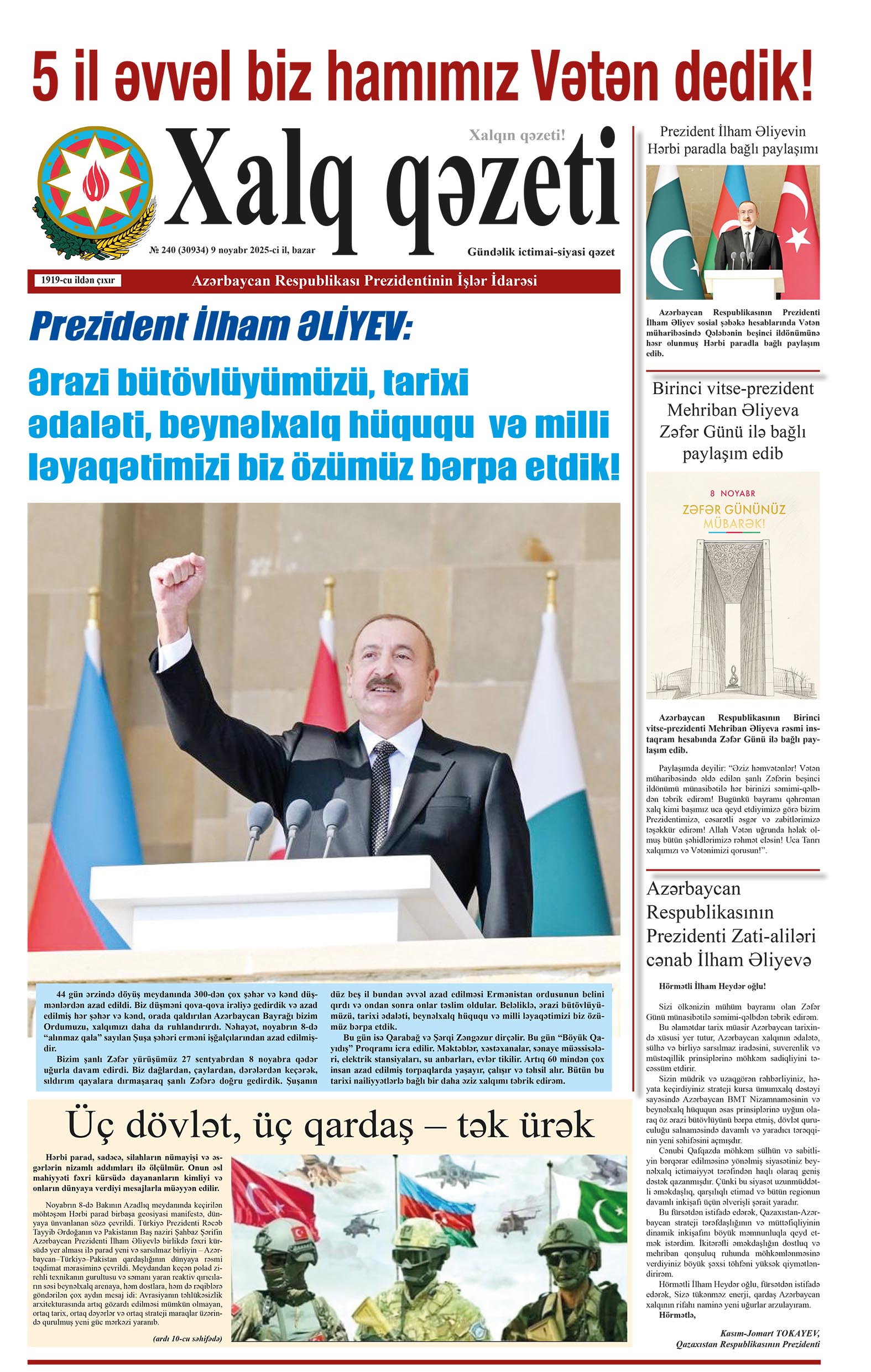ByJERUSALEM POST STAFF
Polish archaeologists open Dziemiany’s SS bunker excavation in a new search for the lost Amber Room.
Diggers and geophysicists gathered this week at the edge of the Kashubian forest in the Dziemiany commune of northern Poland, launching an archaeological probe that some hope will solve one of World War II’s cultural mysteries. The multidisciplinary team used ground-penetrating radar to survey a tract that once formed part of the SS-Truppen Übungsplatz Westpreussen Conitz, a training ground created in 1943. Local officials described the operation as the first official effort to verify rumors that art treasures—possibly the Amber Room—were hidden here during the Third Reich’s final months.
The site lies in the Kościerzyna district, where wartime documents mention the existence of barracks for Latvian soldiers and a network of storage bunkers. Researchers said the radar would map voids beneath the surface and reveal any reinforced galleries, after which engineers would decide where to drill exploratory shafts. “The probability of discovery exists, and if something valuable is found it could become one of the greatest archaeological sensations,” said project scientists as equipment crews calibrated the first scans.
Before the machinery was switched on, the team uncovered a brick-lined underground warehouse absent from wartime maps. Its dimensions and the intentionally backfilled access passages heightened expectations. “Around the area were storage bunkers, and the layout suggests planning for high-value cargo,” said Marcin Tyśkiewicz of the Office for the Protection of Monuments while crews cleared debris from a collapsed ventilation shaft.
Interest is high because earlier Polish searches failed. A state commission created in 1967 to look for the Amber Room dissolved in 1984 without success, and most depots in Dziemiany were inspected decades ago. The current team noted that the newly revealed chamber lay outside those earlier grids and may have escaped notice because of deliberate camouflage.
“Some experts suggest that this could even be the lost Amber Room,” said Tymińsk. He added that the main objective was to document and preserve whatever the bunker held, whether masterpieces, military equipment, or nothing at all. Another official explained that researchers hoped to find artworks stolen by the Nazis and hidden as the Reich collapsed.
The Amber Room’s history is full of intrigue. Crafted in the 18th century by German artisans and gifted by Prussian king Frederick I to Russian emperor Peter I, the chamber was later installed in the Catherine Palace at Tsarskoye Selo. Admirers called it the “eighth wonder of the world” for its wall panels, furniture, mirror frames, and mosaics fashioned from more than 450 kilograms of amber accented with gold leaf and semi-precious stones. German forces occupying Tsarskoye Selo dismantled the room in 1941 and shipped it to the Royal Castle in Königsberg. When Soviet troops stormed the city on 9 April 1945, the room had vanished; whether it burned in a castle fire or was carried away remains unknown.
Because of its mystique and an estimated value exceeding 500 million dollars, the Amber Room has been sought in Baltic shipwrecks, Alpine caves, salt mines near Dresden, and the cellars of Königsberg’s forts, but each expedition ended in frustration. One theory claims a secret bunker was prepared at the Dziemiany training ground in late 1943 for looted art, including the amber panels. Another links the treasure to a so-called gold train hidden elsewhere in Poland. No proof surfaced, yet the legends endure.
Organizers said the current dig formed part of a broader effort to chart and conserve wartime heritage in the region. If artifacts emerge, conservators will stabilize the site before removal for analysis. Specialists also expect the investigation to illuminate Wehrmacht and SS logistics during the war’s final phase and clarify possible evacuation routes for cultural goods.
Caution tempers optimism. High-profile hunts in Wałbrzych and other Polish locales produced empty tunnels and temporary tourist surges. Historians recall that searchers looked for the Amber Room in more than a dozen countries over seven decades without success. Polish archaeologists stressed that the new survey combined archival research, modern geophysics, and systematic methodology missing from many earlier efforts. “We proceed step by step; the ground will tell us its story,” said one field supervisor while marking out a fresh transect. For now, that story remains buried beneath the pines of Dziemiany, where the hum of radar and the scrape of shovels echo hopes that Europe’s most beguiling artistic enigma may yet emerge from the shadows.



